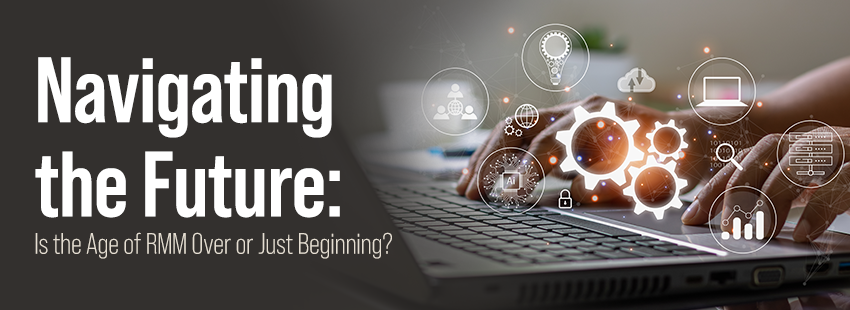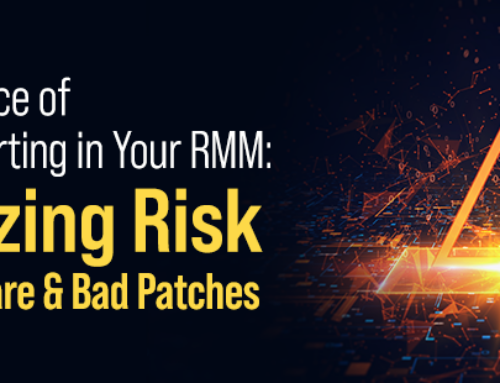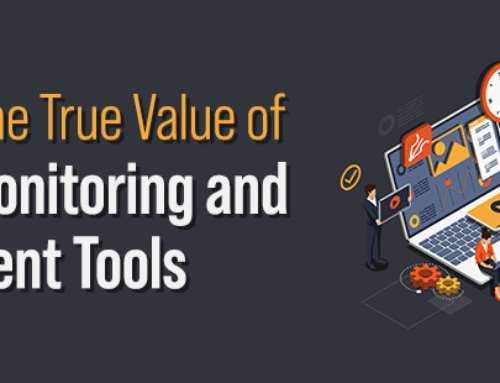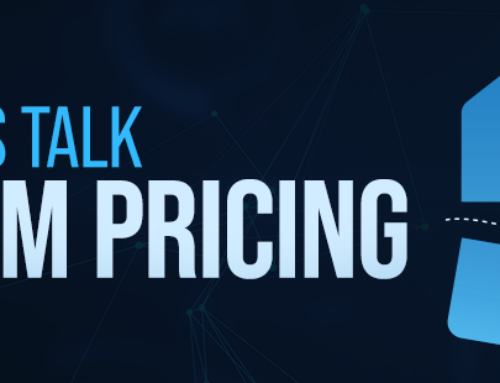The term “RMM” (Remote Monitoring and Management) has become increasingly prevalent in today’s rapidly evolving tech landscape. As businesses adapt to new challenges and opportunities, it’s essential to assess whether the age of RMM is drawing to a close or if it’s poised for a renaissance.
The Evolution of RMM: RMM solutions have played a pivotal role in IT management for decades. They were primarily used to monitor network devices, servers, and workstations. However, the technology landscape has evolved significantly, with cloud computing, IoT, and edge computing reshaping the IT infrastructure.
Today, RMM solutions have extended their capabilities beyond traditional IT assets. They now encompass cloud-based services, mobile devices, and even IoT devices, making them indispensable for managing complex, multi-faceted environments.
RMM in the Modern Era:
In the era of digital transformation, RMM has continued to evolve, incorporating cutting-edge technologies like artificial intelligence (AI) and machine learning (ML). These advancements enable predictive analytics and proactive issue resolution, reducing downtime and enhancing productivity.
One notable trend is the integration of RMM with cybersecurity measures. As cyber threats become more sophisticated, RMM solutions offer real-time monitoring and threat detection, helping organizations safeguard their digital assets.
The Age of Automation:
Automation is at the forefront of technological innovation, and RMM is no exception. Today’s RMM solutions leverage automation to streamline routine tasks like patch management, software updates, and system backups. This not only saves time but also reduces the risk of human error.
As organizations strive for efficiency and scalability, RMM solutions are key enablers of automation, allowing IT teams to focus on strategic initiatives rather than day-to-day maintenance.
Challenges and Opportunities:
While RMM has made remarkable strides, it is not without its challenges. The rise of remote work and the increasing complexity of IT infrastructures demand even more robust RMM solutions. Ensuring secure remote access and monitoring a dispersed workforce pose unique challenges that RMM must address.
However, these challenges also present opportunities for RMM to thrive. The demand for enhanced remote capabilities and security measures has sparked innovation in the field. RMM providers are continually refining their offerings to meet the evolving needs of businesses.
The age of RMM is far from over. Instead, it is evolving and adapting to meet the demands of a digital world. RMM solutions have proven their worth as indispensable tools for managing and securing modern IT environments.
As businesses continue to embrace digital transformation and remote work, RMM solutions will play an increasingly critical role in their success. By leveraging automation, AI, and cybersecurity measures, RMM is poised to endure and thrive in the years to come.
In this dynamic landscape, staying ahead of the curve by investing in robust RMM solutions is essential. Embracing the possibilities of this technology is the key to a more secure, efficient, and agile IT infrastructure.




